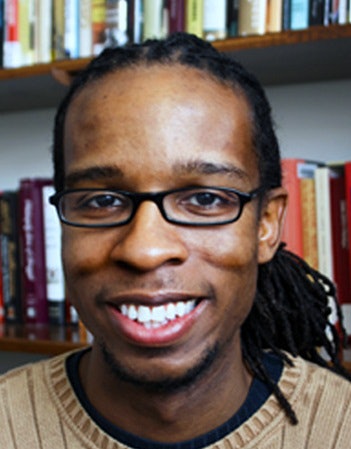 Ibram X. Kendi
Ibram X. KendiAt least we have one U.S. Supreme Court justice interested in justice. At least we have one U.S. Supreme Court judge who has the courage to judge. At least we have one person on the highest legal bench in the land who is willing to stand up for truth.
On Monday, the U.S. Supreme Court sent the Fisher v. University of Texas case back to the lower courts for another “strict” review. Writing for the 7-1 majority, Justice Anthony M. Kennedy said, “Strict scrutiny does not permit a court to accept a school’s assertion that its admissions process uses race in a permissible way without closely examining how the process works in practice.” Going forward, courts must “verify that it is necessary for a university to use race to achieve the educational benefits of diversity.”
The lone dissenter, interested in justice, with the courage to judge, and the willingness to stand up for truth was Justice Ruth Bader Ginsburg. She said she would have upheld the appeals court decision allowing the admissions program at the University of Texas.
The Fisher team argued that Texas already has an effective “race-neutral” program: guaranteeing admission for students finishing in the top 10 percent of their high school classes.
“I have said before and reiterate here that only an ostrich could regard the supposedly neutral alternatives as race unconscious,” Ginsburg wrote. The top-10 plan was adopted with the knowledge of the racial segregation in Texas’s communities and schools “front and center,” she maintained. “It is race consciousness, not blindness to race, that drives such plans.”
No one and nothing is blind to race in the college admission process, not the opportunities of students, not the expectation of their teachers, not the resources of their schools, not the wealth of their parents, not the factors in the admissions process, not GPAs, not SATs, not performance on college prep courses, not top 10 plans — no one and nothing is race-neutral. There is no such thing as race-neutrality in the United States of America.
There are only two explanations as to why Black and Latino students are underrepresented in selective colleges: they are inferior, or their so-called race-neutral admissions process is not neutral at all and actually benefits White students; Black and Latino students are either inferior, or they are given, through no fault of their own, an inferior education. It is an indisputable fact: Black and Latino students are not inferior.
But we have seven ostriches with their heads buried in the sand, flapping words out at us, trying to judge what they refuse to see — the ocean of racism in education, the need for affirmative action to undo that racism, so diversity can flourish. Instead, these ostriches have ordered institutions to use race as a last resort on the tool table as they fix racial diversity or face stricter scrutiny. They believe racial diversity can be achieved without any racial-specific policies. They say they care about racial diversity, but they continue to pummel the road leading to racial diversity in higher education. It is nonsensical.
But this is the same Supreme Court that allowed big money to flow freely in elections in the name of democracy. It is not supposed to make sense. It is ostrich logic.
Dr. Ibram X. Kendi (formerly Ibram H. Rogers) is an assistant professor of Africana studies at University at Albany — SUNY. He is the author of The Black Campus Movement: Black Students and the Racial Reconstitution of Higher Education, 1965-1972. Follow on Twitter at @DrIbram















